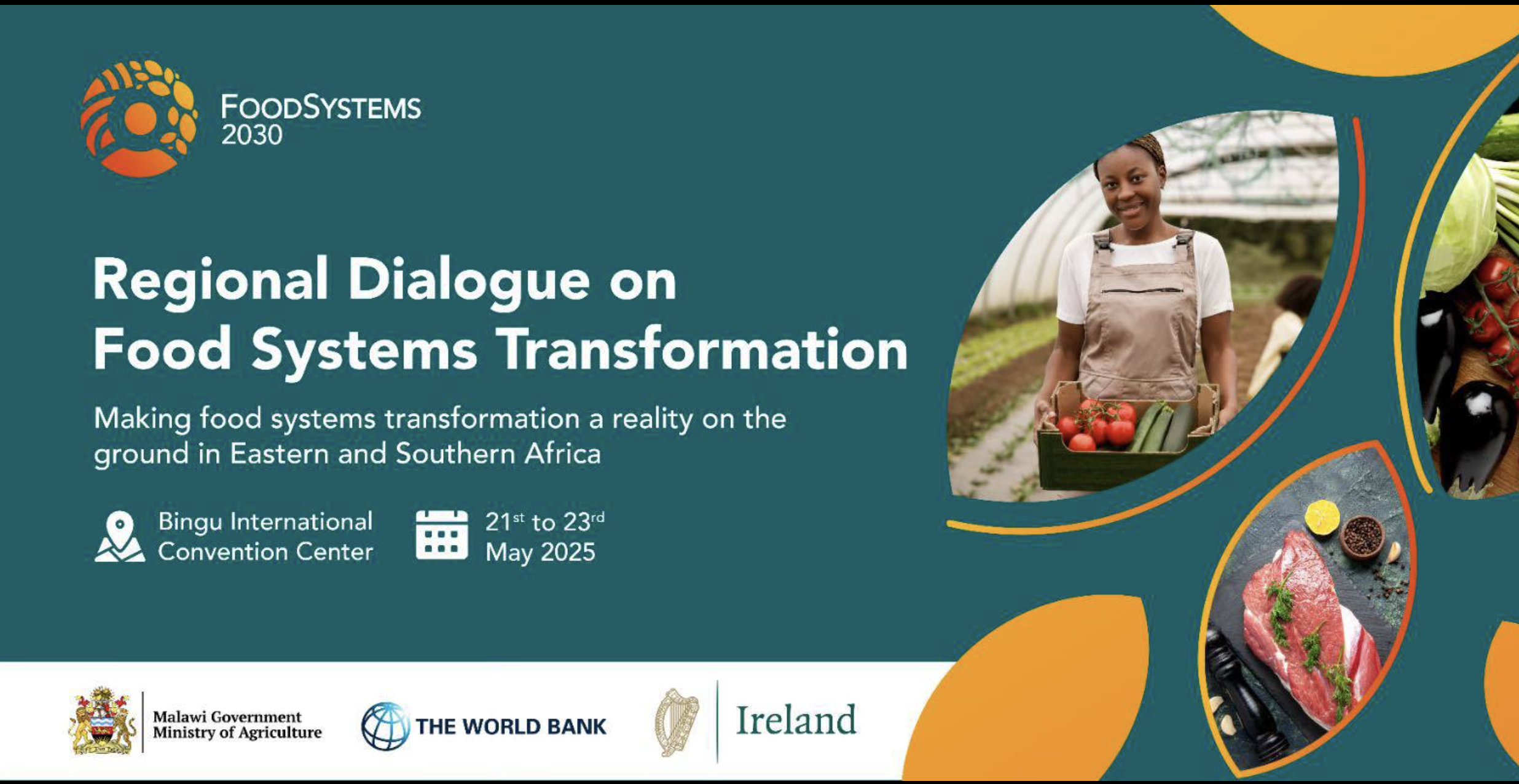
By Special Correspodent | Lilongwe, Malawi
In a passionate and data-driven presentation at the Regional Dialogue on Food Systems Transformation in Lilongwe, Malawi, Engineer Juma O. Mdeke, Director of Land Use Planning and Management in Tanzania’s Ministry of Agriculture, laid out one of the most ambitious and integrated soil health strategies ever presented at a continental forum.
His message was clear: Tanzania is no longer treating soil degradation as a background issue—it is addressing it as a national crisis with a structural solution.
“We cannot talk about food systems transformation if the soil beneath our feet is acidic, exhausted, and forgotten,” said Eng. Mdeke. “Without healthy soils, there is no food. Without food, there is no nation.”
The Scope of the Problem: Acidic Soils Threatening Tanzania’s Food Basket
Eng. Mdeke shared startling statistics: over 2.7 million hectares of productive agricultural land in Tanzania—about 14% of the country’s total arable land—are affected by soil acidity. Worse still, 270,000 hectares (10%) are classified as extremely acidic, with pH levels between 4.5 and 5.6.
The most severely impacted areas include Njombe, Iringa, and Katavi, which together account for 77% of all acidic croplands. These regions are vital to Tanzania’s food security, making the crisis both environmental and economic.
“The very regions that feed the country are the ones most under threat,” he explained. “This is not a farmer’s problem. It’s a national emergency.”
Tanzania’s Food System Resilience Program: A Game-Changer
To address the crisis, Tanzania launched the Tanzania Food System Resilience Program (TFSRP)—a flagship, government-led reform effort backed by the World Bank. The five-year initiative (2023/24–2027/28) is funded through a $308.3 million Program-for-Results (PforR) and Investment Project Financing (IPF) mechanism.
One of the most strategic components of TFSRP is Disbursement Linked Indicator 7 (DLI7), which focuses specifically on Soil Health Assessment and Management.
DLI7 is implemented through three sub-indicators:
- DLI 7.1: Nationwide soil mapping, producing digital maps at a scale of 1:50,000.
- DLI 7.2: Reaching 22,000 farmers in Njombe, Iringa, and Katavi with actionable advice and materials to manage soil acidity.
- DLI 7.3: Scaling up integrated soil fertility interventions to reach 40,000 additional farmers across the country.
“The days of guesswork are over. With soil maps, digital platforms, and targeted action, we are moving from diagnosis to treatment,” Eng. Mdeke emphasized.
From Policy to Practice: Holistic Solutions for Soil Restoration
Rather than promoting a one-size-fits-all solution, Tanzania is adopting a holistic Integrated Soil Fertility Management (ISFM) approach. This includes:
- Application of agricultural lime (dolomite or calcite) to neutralize soil acidity.
- Use of organic fertilizers and compost to restore microbial activity.
- Encouraging crop rotation and intercropping, especially with legumes, to naturally replenish nitrogen.
- Promoting soil testing and farmer training for precise fertilizer application.
Eng. Mdeke emphasized that this is not about replacing fertilizers but rebalancing them with practices that restore the biological and chemical structure of the soil.
“If we keep applying fertilizers without restoring soil health, we are simply burning money into dead ground,” he said.
Farmer Engagement: From Awareness to Ownership
The program doesn’t just target policies and maps—it actively involves farmers. According to Eng. Mdeke, 22,000 pilot farmers have already been trained in soil acidity management and are receiving tailored support, including lime and seed packages, in partnership with private and public suppliers.
Farmers are also being engaged in community dialogues, demonstration plots, and mobile soil clinics, which have proven effective in building trust and awareness.
“In Njombe, farmers are now demanding lime alongside fertilizer. That shift in mindset is our greatest victory,” he added.
Fiscal Discipline and Policy Synergy
Tanzania’s commitment to soil health is not just agronomic—it is fiscal. Eng. Mdeke explained that over $500 million in public funding was reallocated in the 2022/23 season to reintroduce and reform fertilizer subsidies using a digitized e-voucher system. But the government is now moving further—tying those subsidies to soil test results and regional soil profiles.
The Ministry of Agriculture and the Ministry of Finance are jointly developing policies to ensure efficient spending on soil-related interventions, including:
- Geographic targeting of subsidies
- Public-private co-financing for lime and soil testing services
- Digital soil information systems to guide regional planning
“This is fiscal transformation with roots in the soil,” Eng. Mdeke remarked. “We’re not just spreading inputs—we’re building resilience.”
A Call for Regional Collaboration
In his closing remarks, Eng. Mdeke invited other African countries to co-develop regional platforms for soil health. He proposed a Southern Africa soil data alliance and cross-border lime supply chains to reduce costs and harmonize standards.
“Soil degradation knows no borders. Let us respond as a region, not as isolated ministries,” he urged.
He also emphasized the role of development partners in funding soil laboratories, innovation hubs, and youth-led soil enterprises that can scale the gains beyond government programs.
Final Reflection: “Let Us Reason Together”
Quoting a Swahili proverb, Eng. Mdeke ended his presentation with the words: “Let us reason together, as farmers do after the harvest.” It was both a call for unity and a reminder that soil restoration is not a one-season fix—but a generational mission.
Tanzania has chosen to lead that mission with data, determination, and dignity—and the rest of the continent is watching.

One thought on “Tanzania Unveils Bold Soil Health Agenda to Restore Agricultural Productivity and Build Food System Resilience”
Comments are closed.